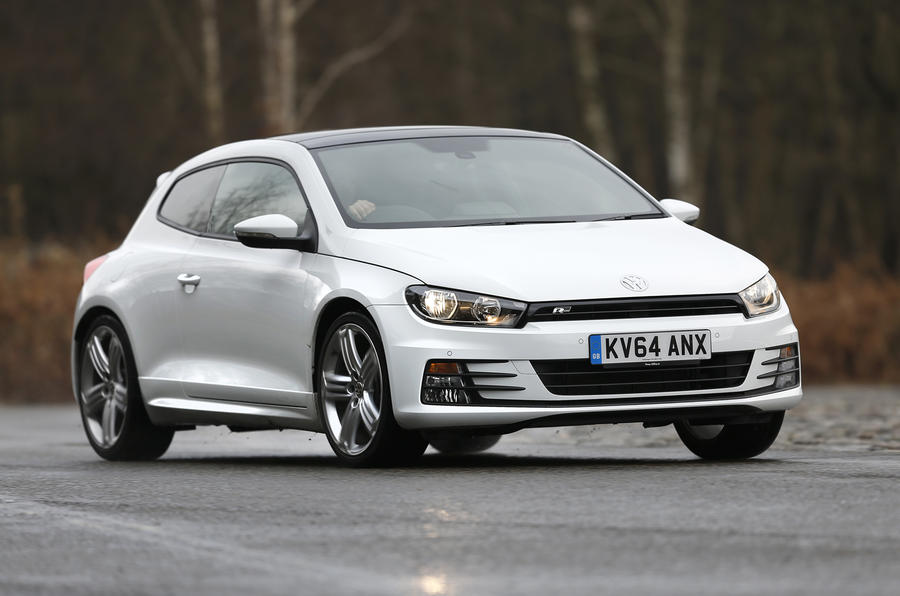The new engine – codenamed EA888 – comes straight from the current Golf GTI. It has a new cylinder head with an integrated turbocharger and uses the engine’s coolant to lower the induction charge temperature.
This feature, along with engine stop-start technology and brake energy recuperation, helps account for the claimed 19% increase in fuel efficiency. Its claimed average combined fuel economy is 47mpg with CO2 emissions of 139g/km, or 44.1mpg and 148g/km as a DSG.
However, performance is an equally important matter for many coupe buyers and the 220 impresses here, too. Although power is increased by just 10bhp, there’s now 51lb ft more torque than before, which is available from 1500rpm. Bearing in mind the claimed efficiency gain, that’s quite impressive.
What this means in the real world is a car that sprints to 62mph from rest in 6.5 seconds (0.4sec quicker than the old model). Judging by the sensations you feel whilst trying to match that number, that pace is bona fide.
Sadly, on the morning of our test Mother Nature had decided to lay a carpet of snow over Surrey, and although this did turn to slush as the day wore on, the roads were never in a position to offer much grip.
Handicapped by the absence of any fancy mechanical or electronic differential, the 220 R-Line demonstrated a preference for spinning its wheels from a standing start or when accelerating quickly out of slow corners. However, once grip was restored the R-Line pulled hard, with only a momentary lag before the boost gauge needle shot around to its two-bar maximum.
The engine is smooth, and the gearbox works well in either auto or manual modes, although it could be slightly faster on up-shifts.
Modern electric power steering systems tend to be criticised for their absence of feel, but the Scirocco’s set-up performs well for a system of its type. There is a decent amount of feedback to let you know what the front wheels are up to and it’s relatively direct with good, progressive weighting.
The ride is decent, too; it’s certainly firm, as you would expect it to be, but never uncomfortable.
The exterior changes are quite subtle and it’s the same story inside. The cabin is largely as it was, which means it still offers a good driving position well placed controls – with the exception of VW’s habit of locating the door mirror control sideways on the door, making it less intuitive to use, especially when the interior door handle is so close.
All models now get a pod containing three dials, including the aforementioned boost gauge, which sits on top of the dashboard. It feels like a bit of an afterthought, but nevertheless, does jazz up the otherwise smart but functional look of the Scirocco’s interior. In the back it’s got two useable seats, which fold down to extend the 312-litre boot.

































Join the debate
Add your comment
How much?
De ja vu
De ja vu